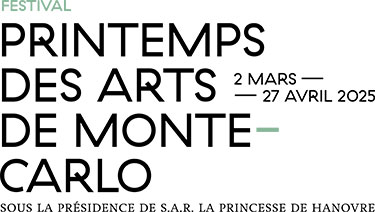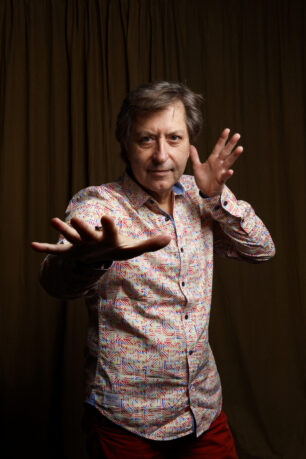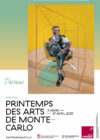Elliott Carter and Steve Reich: two New York composers coming from different geographies and aesthetic trends. Uptown for Carter – avant-garde, academic, serious; downtown for Reich – postmodernist, minimalist, popular. Yet their work and compositional personalities reveal common musical resonances and a desire for independence that has allowed them both to assert themselves as important figures of American musical modernity. Both deliver music that responds to the need to arouse curiosity in musicians and listeners. Carter expressed it this way: “I think music should constantly surprise (…) As soon as I have something in hand, my concern as a composer is to be sufficiently aware of the possible expectations of the listener who has grasped the process I have begun so that I can meet those expectations, always in a way that is both surprising and convincing.” (Conversation with Allen Edwards, 1971) In the same years, Reich also wondered about the reception of his work, which he intended for all audiences: “My music has a beat, and maybe it can be danced to […]. If it can appeal to serious musicians as well as to those who listen to jazz and rock, I see this as an excellent situation and am delighted about it.” (Interview with Cole Gagne, 1980).
New York. Its pulse, its sounds, its cries. Steve Reich explores them in City Life, which he developed in 1995. He continues the bold innovations developed in Different Trains (1988) and The Cave (1993) with spoken word melodies and acoustic sounds that he recorded himself in the city, ranging from door slams to subway chimes, or even jackhammers, heartbeats, boat horns and fire sirens. In the extreme movements, “Check it out” and “Heavy smoke”, vocality and a sense of speech creep into the orchestral framework. The rhythm and intonation of vocal snippets are imitated by the instruments, which support the word, develop its meaning, and finally tell the untellable. Reich does not limit himself to the evocative or subversive power of sounds. Like instruments in their own right, these excerpts are coupled with acoustic instruments to the point of replacing them, creating striking sound ambiguities. The other innovation of the score is the subtle interplay between musical time and memory time – between loss of reference points, phase shifts and sound memories. For example, the central movement, “It’s been a honeymoon – can’t take no mo'”, can be heard as a reminiscence of his first band pieces It’s Gonna Rain (1965) and Come Out (1966).
A celebration of America and a return to the voice also for Elliott Carter with A Mirror on Which to Dwell, created at the request of the Speculum Musicae ensemble and for the American bicentennial. After Emblems (1947), the composer’s musical thinking had turned to instrumental music and this song cycle for soprano was an opportunity to develop new creative perspectives. He chose six poems by Elizabeth Bishop that coincided with his musical ideas and his desire for intelligibility of the text. The emphasis on the subtleties of the verses and the perception of their atmosphere thus guided the instrumental writing, which is intended to be evocative rather than picturesque. Carter suggests with finesse and never imposes. In “A view of the Capitol from the Library of Congress”, the sounds and pulses of the U.S. Air Force band are winked at in the Alla marcia rhythm, and the giant trees surrounding the Capitol suggested by the majestic ninth intervals. “O Breath” is the union of two breaths. The poetess’ fragmented breathing vocal line is superimposed on the deep, steady breathing of her estranged lover, which Carter transposes by way of a three-part polyrhythm, undetectable to the listener.
The exploration of the timbral and technical possibilities of the instruments is another common point between the two composers. The idea behind Carter’s Gra (1993) for clarinet is indeed very similar to Reich’s in Cello Counterpoint (2003) for amplified cello and multichannel tape: to offer a modern solo performance. Gra (“game” in Polish) is a playful piece which constantly changes mood by using all the registers of the clarinet, and in its final bars deploys a multiphonic sound on the E-B notes that reinforces the cadence in a tonal spirit. An artefact for a concerto, Reich’s Cello Counterpoint is highly playful too – bouncing along games of counterpoint, repetitions, variations and extremely tight and fast-moving rhythmic relationships. These two works, created barely ten years apart, both demonstrate a will to make modernism accessible – reflecting the particular vision of a shared public culture in America.
Sandrine Coyez



